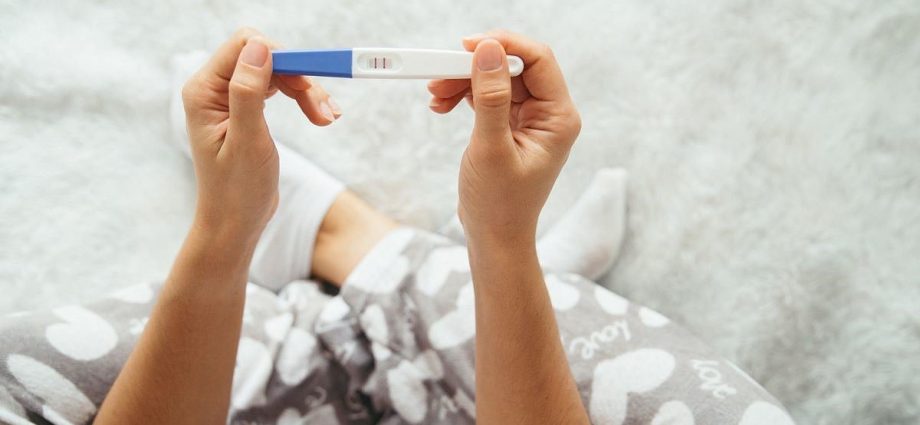FRIDAY, Feb. 14, 2025 (HealthDay News) – When it comes to testing for sexually transmitted infections (STIs), many young adults prefer the privacy and convenience of at-home testing, a new survey suggests.
Fully 91% of survey participants aged 14-24 said they would use free STI self-collection kits, the survey showed. STI home kits involve collecting a urine sample or vaginal swab at home.
Many commercial at-home STI testing options are available, and free ones are also offered in some parts of the country, according to the American Sexual Health Association.
The U.S. recorded more than 2.4 million cases of syphilis, gonorrhea and chlamydia in 2023, according to the Centers for Disease Control and Prevention (CDC).
Fifteen- to 24-year-olds made up nearly half of STI cases in the country.
Most STIs don’t cause any symptoms and are treatable if caught early, but they account for nearly a third of infertility in women and may also increase the risk of pregnancy loss, health problems in newborns and endometriosis, in which cells similar to the uterine lining (endometrium) grow outside the uterus.
“There is an urgent need to prioritize and increase the accessibility of sexually transmitted infection testing among youth,” study author Dr. Okeoma Mmeje, associate professor of obstetrics and gynecology at the University of Michigan (U-M) Medical School, said in a news release.
“STI self-collection is an effective alternative that addresses barriers that often deter this population from seeking traditional reproductive health care services,” said Mmeje, who is also an OB-GYN at U-M Health Von Voigtlander Women’s Hospital. “The autonomy and confidentiality offered through this option may empower young people to take charge of their sexual health without fear of judgment or social stigma.”
For the study, 760 young adults were asked six open-ended questions via text message about their perceptions and use of STI self-collection kits.
While the overwhelming majority said they would use free STI self-collection kits, about 6% said they would not due to concerns about their accuracy and discomfort with specimen collection.
“STI screening should be available and accessible to young people in various forms,” said lead study author Jayelin Parker, a researcher at the U-M Medical School’s Department of Obstetrics and Gynecology. “User-friendly STI self-collection kits encourage more frequent testing, early detection, and treatment of STIs.”
Historically marginalized groups in the U.S., including youth from sexual and gender minority populations, are disproportionately affected by STIs because of sexual stigma, medical mistrust, discrimination and lack of healthcare access, the authors point out.
“It’s a public health priority to address the social and political determinants of health that impact the ability of youth to access reproductive healthcare services,” Mmeje said.
A social media campaign focusing on adolescents and young adults may help increase knowledge and use of STI self-collection kits, the study authors suggested.
The findings were recently published online in the Journal of Adolescent Health.
More information
Learn more about testing for STIs at home at American Sexual Health Association.
SOURCE: Michigan Medicine, news release, Feb. 10, 2025
Copyright © 2025 HealthDay. All rights reserved.

